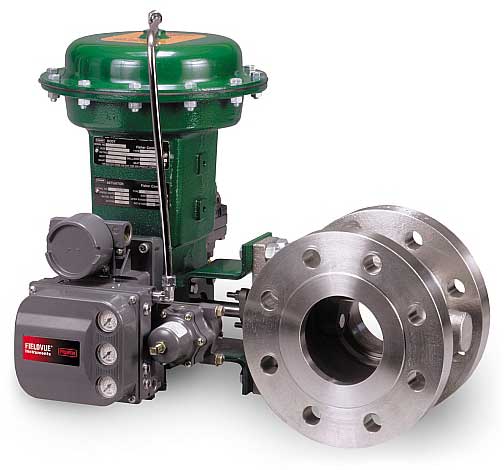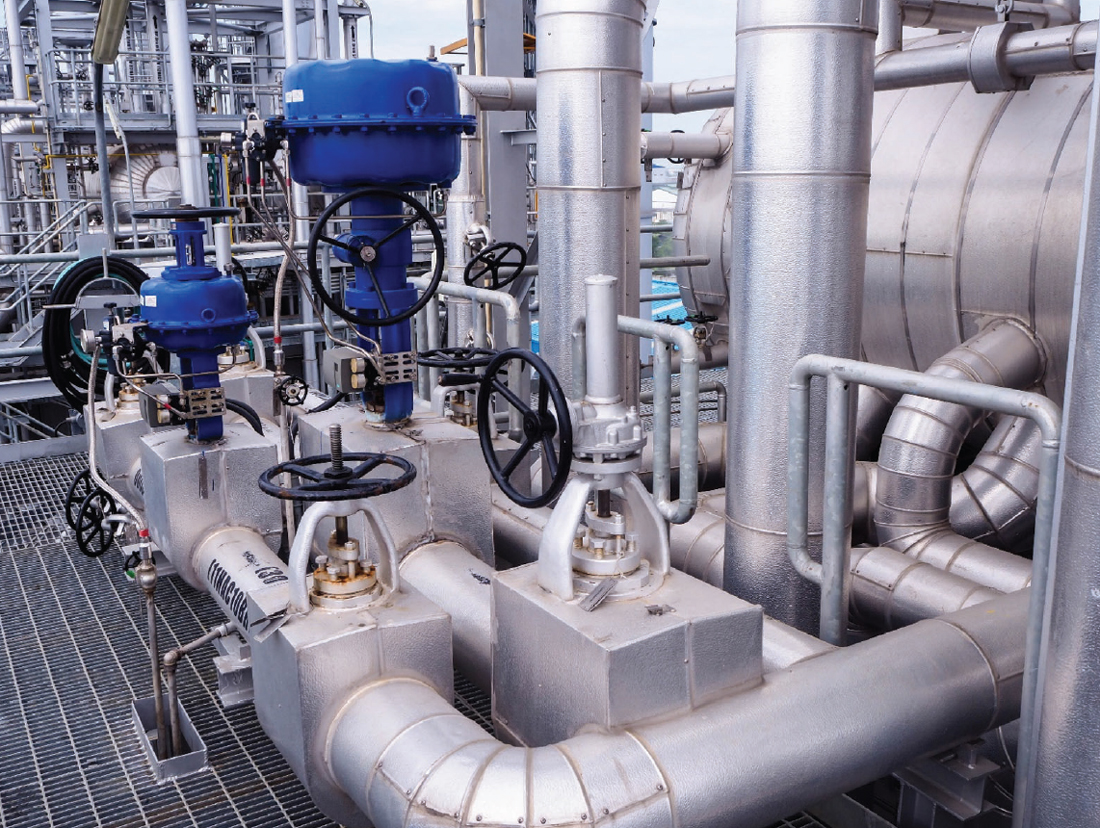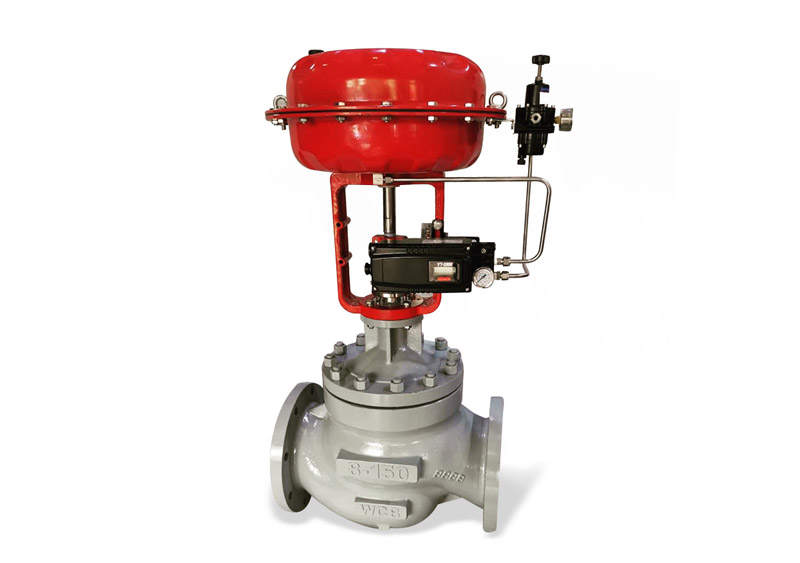
Maximize Energy Cost Savings and Comfort With Advanced Building Automation Controls
In the world of modern design and center management, the combination of advanced structure automation regulates stands as a critical innovation. By utilizing the power of automation, structures can adapt, react, and advance in means that were when unbelievable.
Energy Effectiveness Conveniences
Energy performance benefits can significantly lower energy usage and operational expenses in buildings. Energy-efficient systems, such as sophisticated structure automation controls, can enhance the usage of sources like lights, air conditioning, and heating, leading to reduced energy expenditures over time.
Furthermore, enhanced power effectiveness can prolong the life-span of structure devices and systems. By operating more successfully, HVAC systems, light, and other building elements experience less deterioration, leading to minimized maintenance and substitute costs. Furthermore, energy-efficient structures usually command greater property values and rental rates, offering lasting financial advantages to owners.
Moreover, power efficiency can improve occupant comfort and performance. Effectively managed indoor settings with ideal lights and thermal conditions develop a more positive and helpful work area, bring about improved worker satisfaction and efficiency. In general, the power performance benefits connected with sophisticated structure automation controls are complex, encompassing cost savings, ecological stewardship, and owner well-being.
Enhanced Comfort Control
Enhancing comfort control in structure settings requires a sophisticated combination of advanced automation systems for ideal owner health. By using sophisticated building automation controls, centers can customize the indoor environment to meet the particular needs and preferences of residents. These systems allow accurate law of temperature level, air flow, and lighting, developing a efficient and comfy environment. Passenger contentment and performance are closely linked to thermal comfort, making it vital to have systems in place that can adjust to transforming conditions in real-time.
Boosted convenience control surpasses fundamental temperature changes. It includes features such as customized setups, occupancy sensing units, and all-natural light utilization to produce a responsive and dynamic environment. By incorporating these sophisticated controls, buildings can not just enhance comfort but likewise improve power efficiency by optimizing system operations based upon real occupancy and use patterns. Inevitably, prioritizing owner comfort via advanced automation systems causes a more delightful and healthier interior environment.
Operational Performance Improvements

In addition, the implementation of real-time tracking and analytics devices enables building drivers to recognize power inefficiencies and operational abnormalities without delay. By continuously checking power usage patterns and system performance metrics, modifications can be made in real-time to maximize power consumption and make certain peak operational efficiency. control valves. Furthermore, integrating need response methods right into structure automation controls can further enhance operational performance by dynamically adjusting energy usage based on grid conditions and pricing signals
Indoor Environment Optimization
Efficient interior climate optimization is a fundamental aspect of building automation controls, ensuring passengers' comfort and health while optimizing power cost savings. By making use of sophisticated sensors and controls, building automation systems can continuously change and keep track of temperature, humidity levels, air top quality, and air flow to produce an ideal indoor atmosphere. Preserving comfy and regular problems not just improves passenger contentment however likewise boosts productivity and overall well-being.
Interior climate optimization also plays an important function in energy efficiency. By fine-tuning home heating, air flow, and cooling systems based upon real-time data and tenancy patterns, developing automation controls can substantially decrease energy intake - control valves. Applying methods such as demand-controlled air flow and thermal zoning can help decrease energy waste while ensuring that each area of the building obtains the essential conditioning.

Sustainable Atmosphere Creation
Building automation manages not just maximize indoor climate problems for energy effectiveness and owner convenience however also lay the structure for producing a sustainable atmosphere with calculated monitoring of systems and sources. By incorporating sophisticated building automation innovations, such as sensing units, actuators, and smart software application, facilities can check and readjust energy use in real-time to decrease waste and decrease their carbon footprint. These systems make it possible for predictive upkeep, identifying prospective problems before they intensify and maximizing devices efficiency to enhance longevity and efficiency.
Furthermore, sustainable atmosphere development prolongs past power monitoring to include water preservation, waste decrease, and indoor air top quality renovation. Structure automation controls can manage water usage, identify leakages, and guarantee correct waste disposal techniques, adding to total sustainability efforts. Furthermore, by controlling and keeping an eye on air flow and filtering systems, these technologies enhance passenger wellness and efficiency while reducing power consumption associated with a/c operations.
Final Thought
In conclusion, advanced structure automation manages offer substantial advantages in regards to energy savings, convenience control, functional performance, indoor climate optimization, and producing a lasting environment. By executing these controls, buildings can achieve ideal performance while lowering energy consumption and boosting passenger convenience. It is evident that using sophisticated automation innovation is essential in enhancing structure performance and creating an extra sustainable future.
Power performance advantages can dramatically lower energy intake and anonymous functional prices in structures. Overall, the power performance advantages associated with sophisticated building automation controls are complex, encompassing price savings, ecological stewardship, and passenger well-being.
Additionally, integrating need reaction approaches right into building automation controls can further boost functional performance by dynamically readjusting power use based on grid problems and pricing signals.
Building automation controls not just maximize interior climate conditions for energy effectiveness and occupant convenience but additionally lay the foundation for find more info developing a lasting atmosphere via calculated management of systems and resources.In conclusion, progressed structure automation manages deal considerable advantages in terms of power cost savings, convenience control, operational performance, indoor environment optimization, and developing a lasting atmosphere.